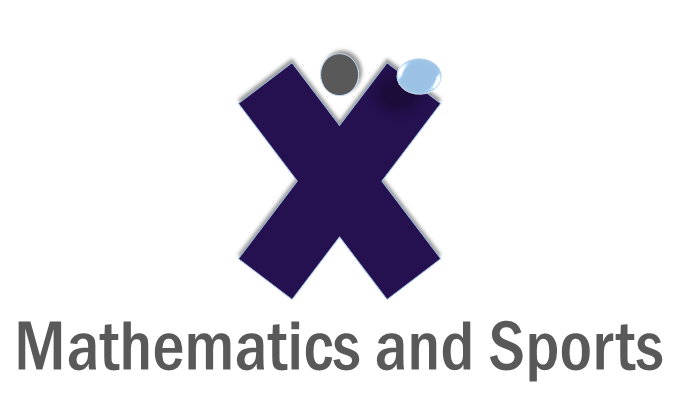Abstract
Previous studies have found correlation between the overall quality of a college football program's recruiting class and its performance on the field. These studies use as their measurement of a program's recruiting class either the total “points” accrued by the class, or the numbers of players in the class with various “star” ratings. In this paper, we study mechanisms used by 247Sports.com to produce these two measurements.
First, we examine variants of the formula used by 247Sports.com that estimates the quality of a recruiting class by computing a weighted sum of the ratings of its members. We find that using a weight function with smaller spread parameter, that takes much less information about the class into account, predicts team success for major college programs from 2016 to 2019 as well as, if not better than, the 247Sports.com approach.
Second, we search for the most effective thresholds for classifying players into “star”-like categories, finding that an optimal description of “blue chip” recruits is narrower than the one currently used. Furthermore, we find that dividing players into three different ``star''-like classes does not produce a model that is substantively more predictive of team success than using only two such groups.
Keywords: college football recruiting, star ratings, ordinary least-squares regression
How to Cite:
McClendon, D. & Nadrowski, M., (2021) “analysis of methods used to measure college football recruiting classes and assign star ratings to recruits”, Maths and Sports 3(1). doi: https://doi.org/10.5149/ms.1223
Rights: Mathematics and Sports
Downloads:
Downloads are not available for this article.
239 Views

